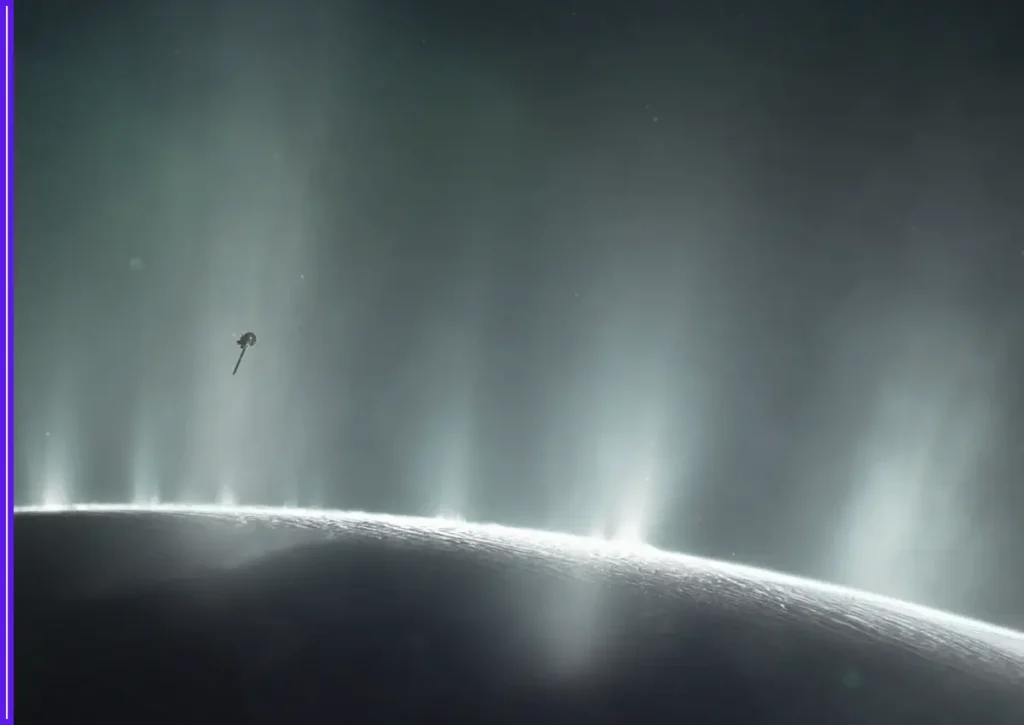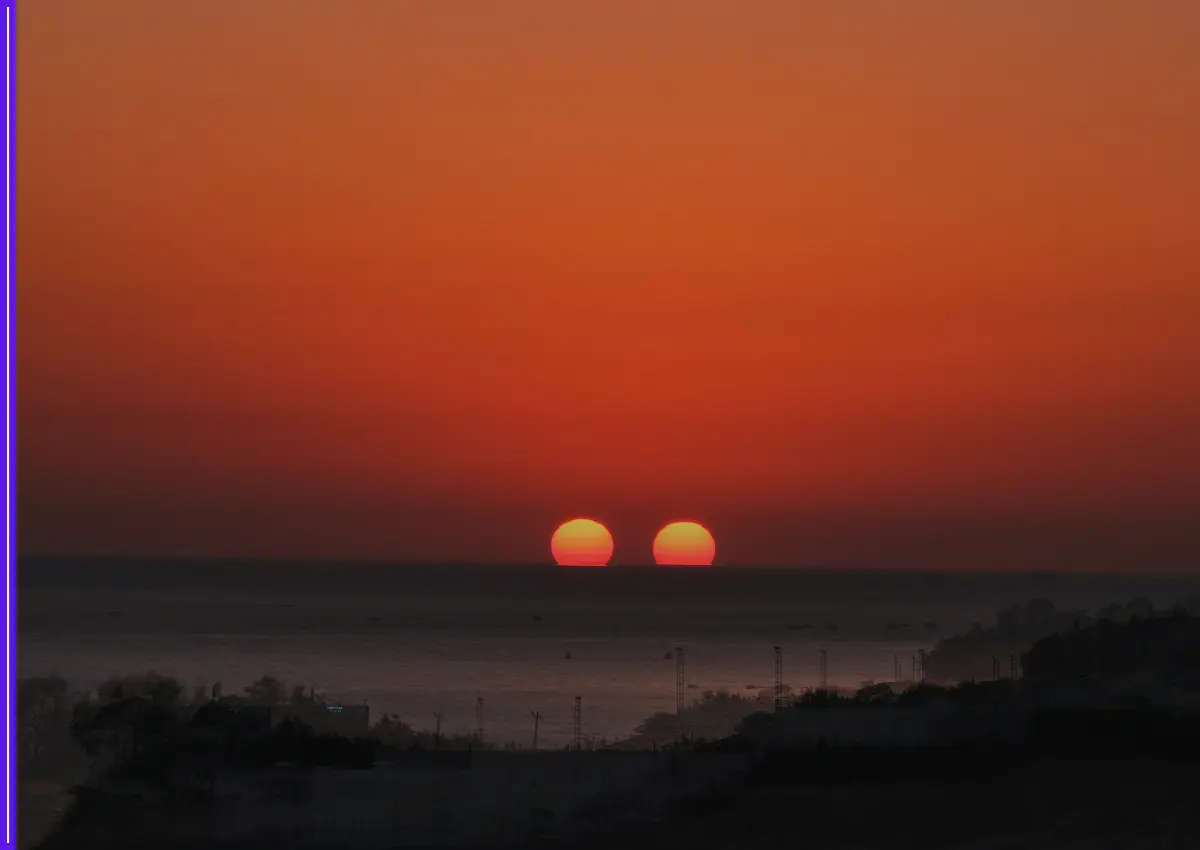NASA is venturing into one of the most promising frontiers in the search for extraterrestrial life — the vast, hidden oceans beneath the icy crusts of distant moons and planets. These so-called “ocean worlds” have become prime candidates in the agency’s mission to uncover signs of life beyond our planet.

Among the top targets are Europa, a moon of Jupiter, and Enceladus, a moon orbiting Saturn. Both are believed to conceal vast subsurface oceans beneath their frozen exteriors. In fact, data from past missions like Cassini revealed that Enceladus is actively spewing plumes of water vapor and organic material from cracks in its icy surface — a clear hint that something dynamic may be happening below.
NASA’s upcoming Europa Clipper mission, scheduled to launch soon, will get up close with Europa to analyze its surface, ice thickness, and magnetic environment. Scientists hope it will uncover clues about the moon’s potential to host life in its salty, subsurface sea.
But the search isn’t stopping at our solar system. With the help of the James Webb Space Telescope, astronomers are now studying distant exoplanets that might also hold oceans — possibly covering entire worlds. These Hycean planets, rich in hydrogen and water, are of growing interest due to their potential for harboring microbial life.
What makes these watery realms so significant is the presence of three essential ingredients for life as we know it: liquid water, energy, and organic compounds. On Earth, life thrives in the darkest depths of our oceans — even in extreme environments near hydrothermal vents. Scientists believe similar conditions could exist elsewhere, making ocean worlds the most likely places to find alien life.
As NASA deepens its exploration, the question isn’t just “Is there life out there?” — it’s “Are we looking in the right oceans?”
The silent seas of alien worlds may hold answers that could reshape everything we know about life in the universe.









